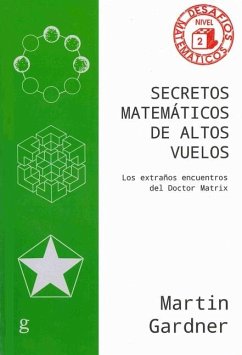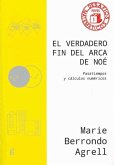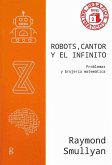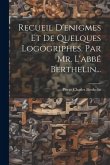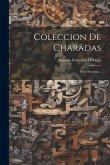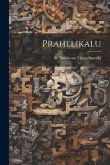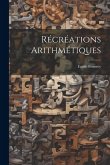How much mathematical knowledge can be stored inside a cube? Can we get an artistic work from any cube? Many researchers throughout history have been eagerly trying to find out. That mystery hides another mystery directly related to mathematics and the art of construction. We refer to the so-called golden number, section or golden ratio. Thanks to Doctor Matrix you will learn that from any two cubes it is possible to create a scale model of the Great Pyramid. It's amazing what can be salvaged from the seemingly dry mathematical science when a writer of the stature of Gardner motivates you to make works of art or teaches you how to cut three identical warped pyramids out of a simple cube. In this volume, the great popularizer creatively covers many other aspects of mathematics, such as Wizard's alphabetic symmetry (referring to The Wizard of Oz) or Alan Wayne's arithmetic cryptograms. Your reading will forever change the reserved attitude that we generally show towards this discipline.
Hinweis: Dieser Artikel kann nur an eine deutsche Lieferadresse ausgeliefert werden.
Hinweis: Dieser Artikel kann nur an eine deutsche Lieferadresse ausgeliefert werden.

